Utilizing Mold Release During the Die Casting Process
LK Die Casting Machine / 2024-07-17 09:26:55
Die casting is an efficient manufacturing process in which molten metal is injected into a mold to form complex parts.
In order to ensure that the casting is removed from the mold smoothly, the use of release agents is essential.
This article will discuss in detail the importance, types, application methods, and effects of using release agents in die casting on production efficiency and
product quality.
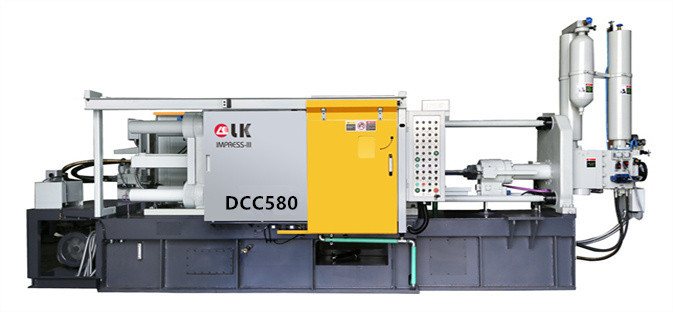
1. The importance of release agents
1.1 Improving de-molding efficiency
The release agent forms a thin film on the surface of the mold, reducing the adhesion between the casting and the mold, so that the casting can be removed from the
mold smoothly and quickly, improving production efficiency.
1.2 Protecting the mold
The release agent can form a protective layer on the surface of the mold, reduce the direct erosion and wear of the molten metal on the mold, extend the service
life of the mold, and reduce production costs.
1.3 Improving the surface quality of castings
The use of release agents can reduce surface defects of castings, such as scratches, sticking, etc., and improve the surface finish and overall quality of castings.
2. Types of release agents
2.1 Water-based release agents
Water-based release agents use water as the main solvent and are environmentally friendly and pollution-free.
It is suitable for most metal die castings, but attention should be paid to the humidity and temperature of the use environment to prevent moisture from
evaporating too quickly and affecting the effect.
2.2 Oil-based release agent
Oil-based release agent has good lubrication and anti-adhesion properties and is suitable for high-temperature environments.
Its disadvantage is that it is easy to leave oil stains and the mold needs to be cleaned regularly.
2.3 Semi-permanent release agent
Semi-permanent release agent forms a durable film on the surface of the mold and can be used many times without spraying before each die casting.
It is suitable for high-demand production environments, but the cost is relatively high.
2.4 Dry release agent
A dry release agent is a new type of release agent that dries quickly after spraying to form a thin and solid film. It is suitable for high-speed die-casting
production lines and can significantly improve production efficiency.
3. Application method of release agent
3.1 Spraying method
The spraying method is the most common method of applying a release agent. The release agent is evenly sprayed on the mold surface through a spray gun.
Pay attention to the spraying amount and spraying angle to ensure uniform coverage.
3.2 Brushing method
The brushing method is suitable for small molds or precision molds, and the release agent is applied to the mold surface by a brush. The advantage is precise
control, but the efficiency is low.
3.3 Dipping method
The dipping method is suitable for large-scale production. The mold is directly immersed in the release agent solution to ensure uniform coverage of the release
agent. It is suitable for mass production, but attention should be paid to the recycling and utilization of the release agent.
3.4 Wiping method
The wiping method is suitable for simple molds. The release agent is applied to the mold surface with a cloth or sponge.
It is easy to operate, but not suitable for complex molds.
IV. Precautions in the use of release agent
4.1 Choose the right release agent
Choose the right release agent according to the production environment, die-casting materials, and mold characteristics to ensure the best effect.
4.2 Control the amount of spraying
Too much or too little spraying will affect the demolding effect.
The amount of spraying needs to be adjusted according to the actual situation to ensure uniform coverage.
4.3 Clean the mold regularly
During the use of the release agent, certain substances will remain on the mold surface.
The mold needs to be cleaned regularly to keep the mold surface clean and smooth.
4.4 Pay attention to safe operation
Mold-release agents are mostly chemical substances. During use, attention should be paid to ventilation and protection to avoid harm to operators.
V. Impact of mold release agents on production efficiency and product quality
5.1 Improve production efficiency
The use of mold release agents can significantly reduce the sticking phenomenon of castings, increase the demoulding speed of castings, shorten the production
cycle, and improve overall production efficiency.
5.2 Improve product quality
Mold release agents can effectively reduce defects on the surface of castings, improve the surface quality and dimensional accuracy of castings, and enhance the
market competitiveness of products.
5.3 Reduce production costs
The use of mold release agents can effectively reduce production costs and improve the economic benefits of enterprises by extending the service life of molds,
reducing maintenance frequency, and improving production efficiency.
VI. Environmental performance of mold release agents
6.1 Application of environmentally friendly mold release agents
With the enhancement of environmental awareness, environmentally friendly mold-release agents have gradually received attention.
Water-based release agents are the first choice for environmentally friendly release agents because of their non-toxic and pollution-free characteristics.
6.2 Recycling
When using release agents, pay attention to the recycling and reuse of release agents to reduce waste and reduce the impact on the environment.
6.3 Green Manufacturing
Enterprises should actively adopt environmentally friendly release agents and green manufacturing processes to enhance the environmental image of enterprises and
respond to national environmental protection policies.
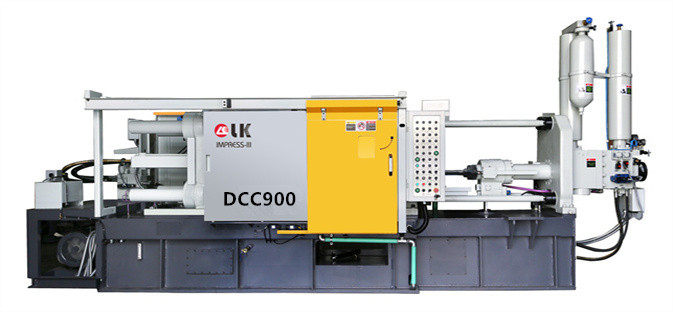
Conclusion
The use of release agents in the die-casting process can not only improve production efficiency, protect molds, and improve the surface quality of castings, but
also reduce production costs and enhance product competitiveness.
By reasonably selecting and correctly using release agents, enterprises can achieve more efficient and environmentally friendly production goals.
I hope this article can provide useful references for the die-casting industry and help enterprises stand out in the fierce market competition.
For more info, you can refer to: https://www.youtube.com/shorts/JLX410QV_kw
Contact LK Egypt to learn more info about the die-casting machine
LKAGENT OFFICE DCM
Address: Industry Zone, South of Port Said Kebly, Egypt
https://www.zazdiecasting.com/
Phone/WhatsApp/Wechat: +86 13598704163
Mobile: +20 101 304 3317 +20 150 181 8310
Email: jack@zazmae.com ahmedmahmoud@zazmae.com
#die cast tooling
#trivalent chromate
#rapid prototype casting
#a360 aluminum
#aluminum caster
#aluminum prototype
#ideal 55 slider parts
#density of aluminum kg/mm3
#magnesium sheet metal
#parts of a metal gate
#subcontracting of screw machining for the luxury sector
#wall aluminum
#die casting tooling
#tooling for die casting
#density of aluminium in kg mm3
#clear chromate
#es casting metals
#gating material
#prototype aluminum
#sigma castings
#subcontracting of screw-machining for household appliances
#we squeeze to please machine
#aluminium gravity die casting
#aluminum part
#aluminum rapid prototyping
#nickel casting
#plunger tip for die casting machine
#rapid prototyping aluminium
OTHER CONTENT
-
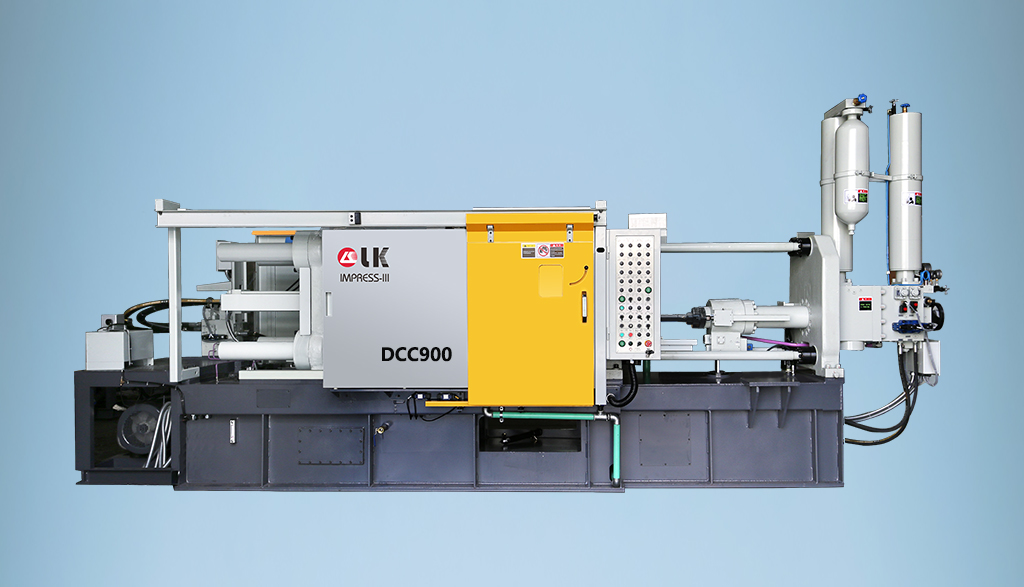
2024-09-19 14:16:15 LK Cold Chamber Die Casting Machine DCC900 Locking Force: 9000KN Die Height: 400-1000mm Space Between Tie Bars: 930x930mm Shot Weight: 13.5Kg Casting Area Max:2250c㎡
More -
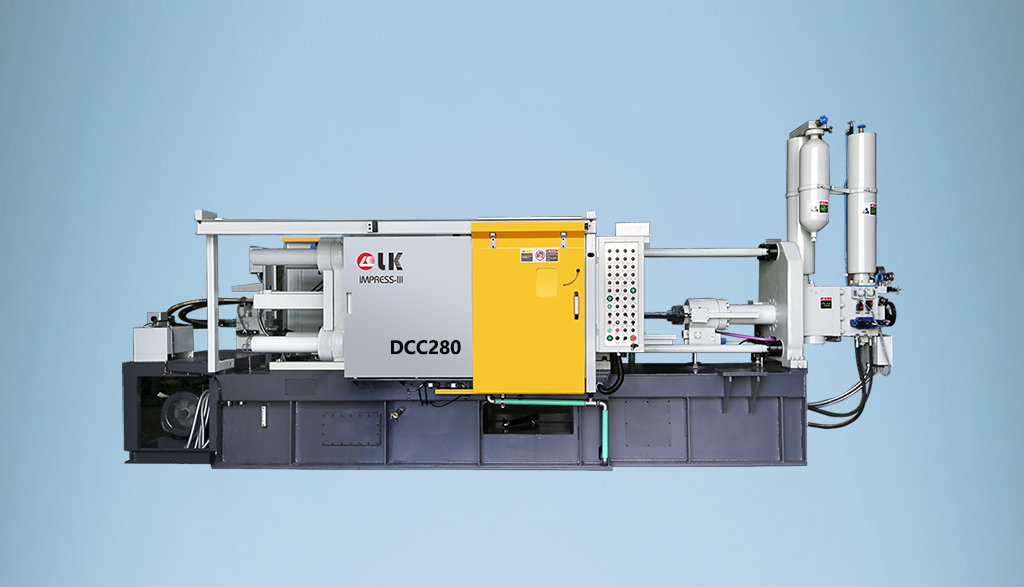
2024-09-19 14:11:06 LK Cold Chamber Die Casting Machine DCC280 Locking Force: 2800KN Die Height: 250-650mm Space Between Tie Bars: 560x560mm Shot Weight: 2.9Kg Casting Area Max:700c㎡
More -
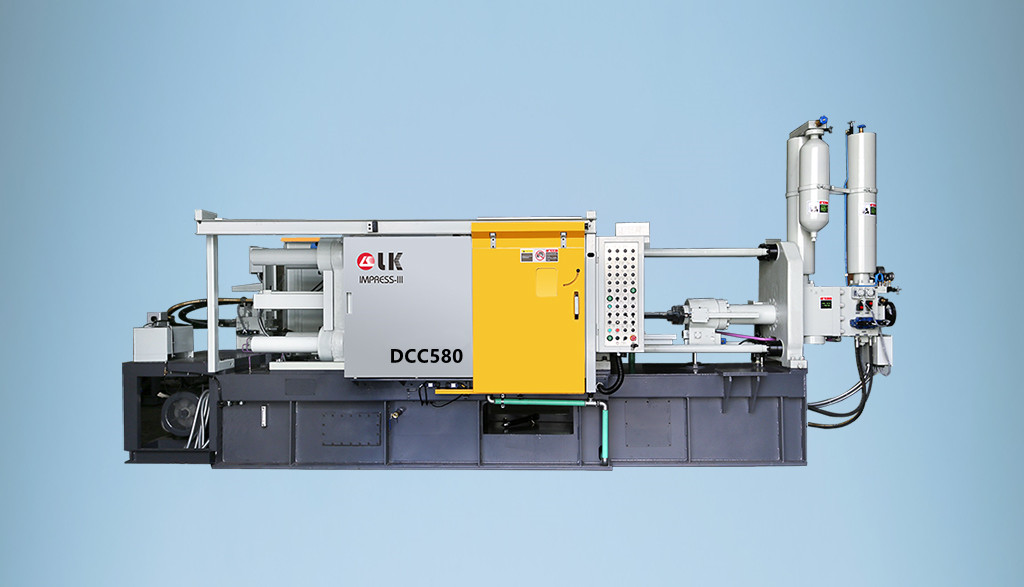
2024-09-19 10:23:07 LK Cold Chamber Die Casting Machine DCC580 Locking Force: 5000KN Die Heigh: 350-850mm Space Between Tie Bars: 760x760mm Shot Weight: 6.9Kg Casting Area Max:1250c㎡
More -
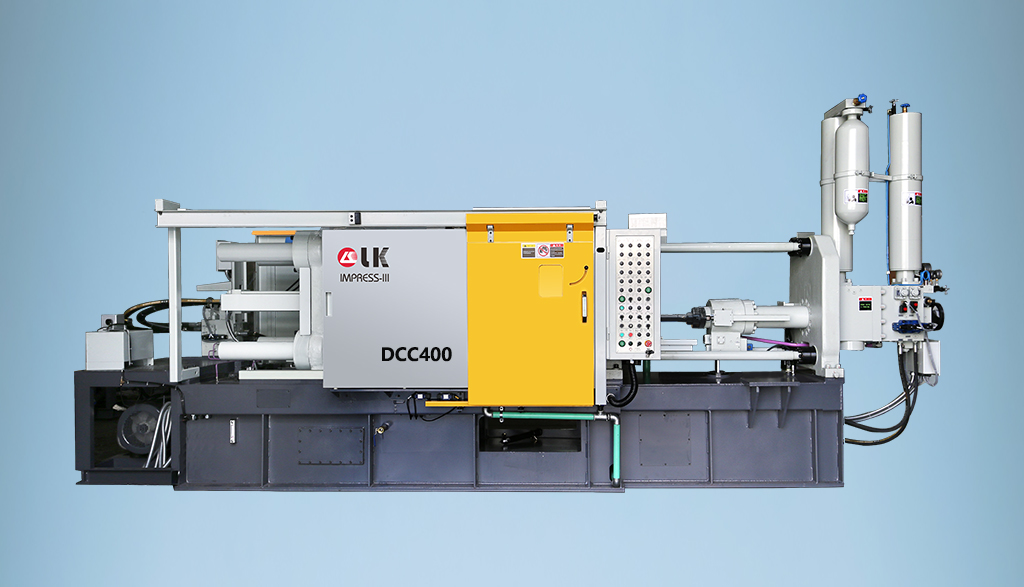
2024-09-19 10:11:20 LK Cold Chamber Die Casting Machine DCC400 Locking Force: 4000KN Die Height: 300-700mm Space Between Tie Bars: 669x669mm Shot Weight: 4.7Kg Casting Area Max:1000c㎡
More

